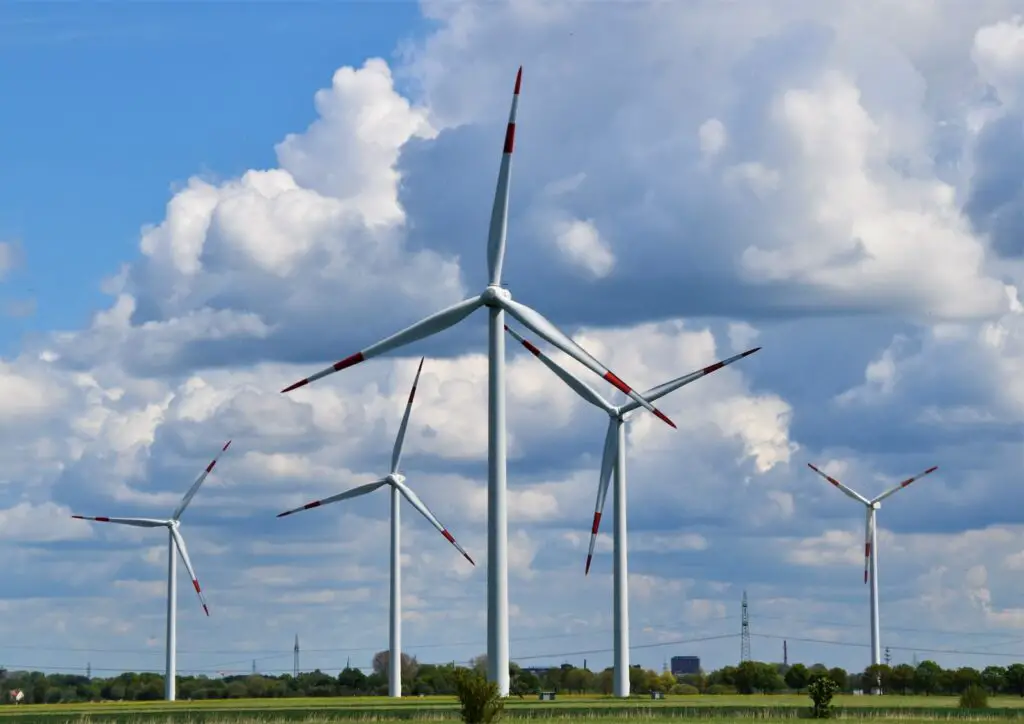Wind power is one of the most fascinating subsectors of the energy industry. Wind power has significant benefits over solar and hydropower as renewable energy sources become more widely accepted. These advantages include increased cost-effectiveness and the capacity to run without constant sunlight, considerably expanding the available places for farms.
The potential to harness the wind is yet unrealized for a variety of reasons. Utilizing big data in novel and unexpected ways is one strategy to deal with this problem.
Wind power may benefit from tailored BI solutions to better respond to some of the more crucial concerns about wind power and get the most out of production and transmission, from applying weather forecasts to comprehending turbine formations.
Forecasting better power generation
Wind turbines, like solar panels, rely primarily on great weather and appropriate positions to enhance electricity production. However, unlike solar, it is feasible to operate with less wind.
However, a lot of power providers are reluctant to employ wind power since it is erratic and hence less than dependable. According to Energy Biz, energy providers are taking weather into account when determining how much electricity they generate on any given day.
Wind turbines can benefit from descriptive analysis
To accurately estimate the predicted power output over the course of a single day, turbine speeds are combined with wind predictions and conditions. An energy business may determine how much electricity it can send to the grid and how much reserve power it will require at any given time using more detailed weather projections based on historical data, climatic variables, and other factors. Along with cost savings, this will enhance customer service.
Creating stronger turbine performance
Another important aspect is that electricity generation isn’t always determined by wind speed alone. Two of the numerous variables that affect how much power a farm generates on a given basis include the direction of the wind at the turbine and the length of the gusts.
Another aspect is turbine performance, which is influenced by component deterioration and repairability. Descriptive analysis rates the overall strength of the turbine in order to address these issues.
According to NA Wind Power Magazine, gathering information on individual turbines can assist identify which ones operate more effectively under the present conditions or during particular times of the year.
Businesses may construct wind farms with the highest performance and efficiency by using this data. Using wind energy as an alternative renewable energy source will provide energy firms more control over their operations.







